
 Construction timeline ... the west side in April 2007.
Construction timeline ... the west side in April 2007.
THE BD49-million ($130 million) main contract for the construction of the four-storey, 312-bed King Hamad University Hospital, together with associated external works and services, was awarded to a 50:50 integrated joint venture between Bahrain’s Nass Contracting and Kuwait’s Burhan International Construction Company in August 2006.
Nass Contracting, the flagship company of Nass Corporation, has a portfolio comprising industrial structures, infrastructure development, jetties and quay walls, drainage pipelines, land reclamation and offshore works, office blocks and warehouses and other commercial structures.
Construction work on the King Hamad University Hospital, which began in February 2007, encompasses a three-block building separated by courtyards, with each block connected by two parallel sky-walks.
Currently, medical equipment is being installed and once installation is complete, the King Hamad University Hospital is expected to officially open this December.

Level Two in May 2007 |
The form of construction adopted for the project is generally reinforced concrete frame with in-situ concrete slab. The external walls primarily comprise steel frame with composite aluminium panels, aluminium glazing systems and structural glazing to the entry. The roof has composite aluminium panel skirts and areas of membrane covered with pebble ballast and metal deck roofing.
Internal walls are generally constructed of drywall with vinyl sheet lining in wet and wear areas. Floor coverings are generally welded vinyl sheet. Fixed joinery and loose furnishing form part of the works.
Mechanical installations are provided, including air-conditioning, ventilation, smoke control, steam boilers, medical hydrotherapy pool plant and associated control systems. The electrical and communications systems include the installation of high-voltage supply to and from the consumer sub-stations. Meanwhile, there is a standby power system providing 100 per cent of the load.

The south elevation in September 2008 |
Lighting systems include general, emergency and exit lighting, specialty medical lighting and external lighting to the car-park, roadways, landscaping and helipad. There is cardiac and patient protection equipment and special wiring and a nurse call system. Other systems include MATV (master antenna television), lightning protection, surge protection, public address, two-way radio, paging, voice and data cabling and a central clock system. Security is in the form of CCTV (close circuit television), access control, surveillance and area and perimeter monitoring. Communications systems include network equipment and software, audiovisual equipment and video information display system.
Fire protection includes a sprinkler system throughout the building, fire hose reel and hydrant systems, special hazard suppression, alarm and detection systems.

March 2009 ... a typical corridor is fitted with vinyl, ceiling tiles and highlight glass. |
Meanwhile, hydraulic services provide for sanitary and trade waste plumbing and drainage, storm water, hot and cold water and gas services. Lifts, escalators, dock levellers, goods hoists and a pneumatic tube system also form part of the services provided.
External works include below-ground drainage and all necessary electrical and water supply service distribution and connections, roads, pathways, a car-park for 951 cars, a helipad, gatehouses, hard and soft landscape works.
David Anthony, general manager, Nass Contracting, says as a specialist medical facility the project poses unique features and challenges, including the use of high-tech computerised building management systems in the design; the ‘unusual’ requirement for 100 per cent power back-up; the coordination of various parties, from government ministries to subcontractors and suppliers; and the integration and installation of medical equipment at an advanced stage of the project.

December 2009 ... the hydrotherapy pool gets its finishing touches. |
In April 2010, management of the project was transferred from the Ministry of Works to the Bahrain Defence Force (BDF), which may necessitate alterations to meet the latter’s specifications. Ultimately, the BDF’s long-standing experience as a leading hospital operator and manager in Bahrain will be beneficial to King Hamad University Hospital in the long term.
Anthony points out that Nass Contracting’s ability to overcome the challenges associated with the project is due to several factors, not least because its joint venture partner Burhan International is prequalified for hospital contracts and also because several Nass Group companies are involved on the project as subcontractors and suppliers, easing coordination.
Nass Contracting realised some significant milestones in 2010, including the scheduled completion last month (December) of 400 m of the main face of quay wall, plus 180 m of return wall, at the Arab Shipbuilding & Repair Yard (Asry).

October 2010 ... a nurses’ station is complete. |
“This is a significant milestone in the development of Nass Contracting. Having previously completed the design-build of the 1.8-km quay wall at Khalifa Bin Salman Port in joint venture with Murray Roberts, completed in 2005, the design-build of the Asry quay wall is being carried out by Nass Contracting alone and this project represents a big step up in our capabilities and demonstrates our ability to deliver major projects on time and within budget,” he says.
Nass also made significant progress on the Isa Town flyover and interchange project in Bahrain, having taken over the main contract on the stalled project in mid-2010 from Korea’s Sungwon Corporation, with an underpass scheduled to open in May 2011.
Two other important landmarks achieved during 2010 were accreditation to ISO9001:2008; OHSAS18001:2007 and ISO14001:2004, as well as the completion of the Arcapita headquarters project in joint venture with Murray Roberts.
Anthony says prospects for 2011 are bright given new infrastructure development projects in the pipeline.
 |
April 2010 ... work in progress on the steel staircase and cladding on the west block. |
“We see 2011 as the start of the future with new infrastructure projects under way such as the North Manama Causeway and progress on the tender for the Mina Salman interchange. Nass Contracting is also looking forward to the start of enabling works for the Four Seasons Hotel project in Bahrain Bay, which will send a strong message to the market about Bahrain Bay and hopefully act as a catalyst for the ongoing development many of the 34 or 35 other projects slated for the Bay as well as others in developments Bahrain,” he says.
“We also expect the Qatar-Bahrain Causeway to go ahead this year following the Qatar 2022 World Cup football decision, which in the longer term will spearhead the development of roads, electricity and water distribution networks and other infrastructure in Bahrain.
“Nass Contracting will also comfortably complete the remaining 800 m of quay wall at Asry before contractual deadline at the end of 2011,” he concludes.


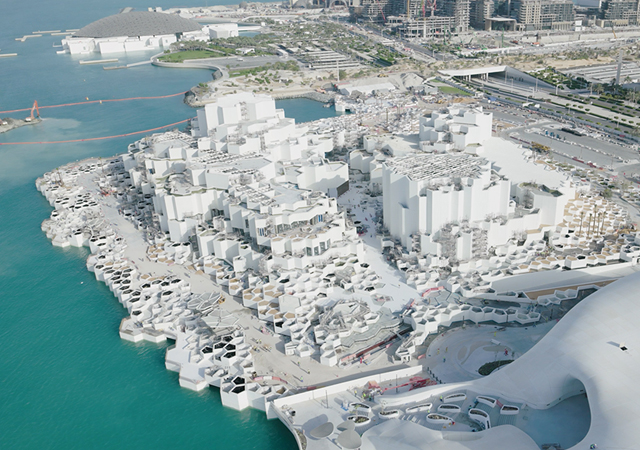

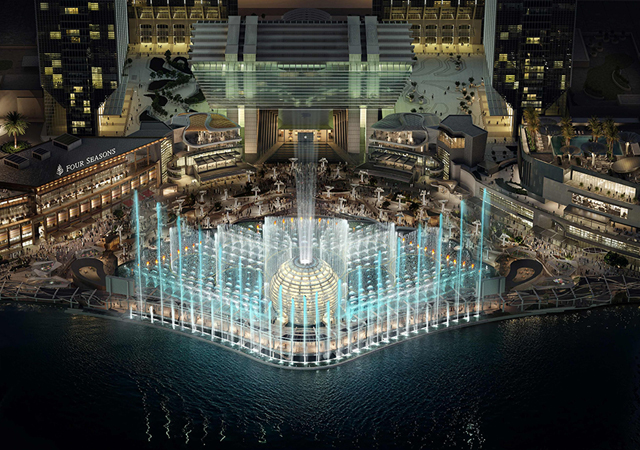
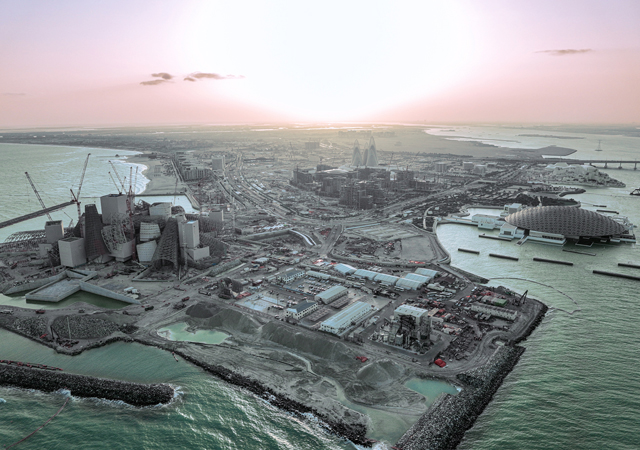
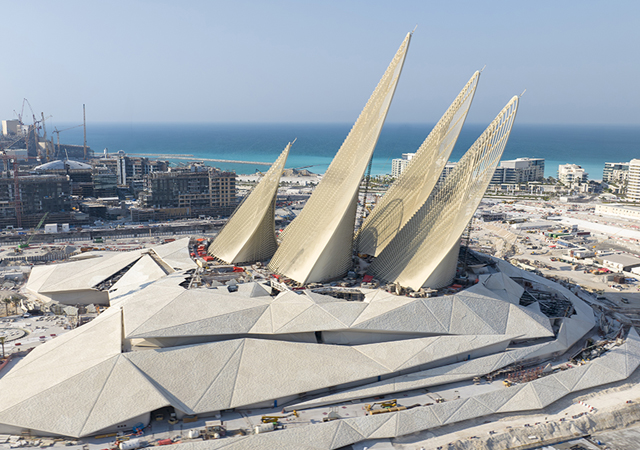

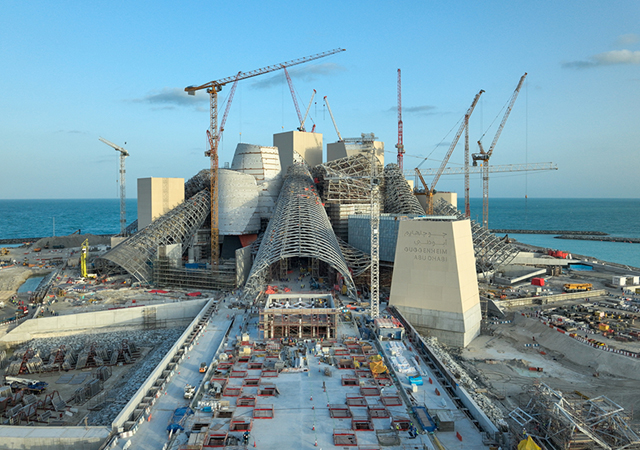
.jpg)
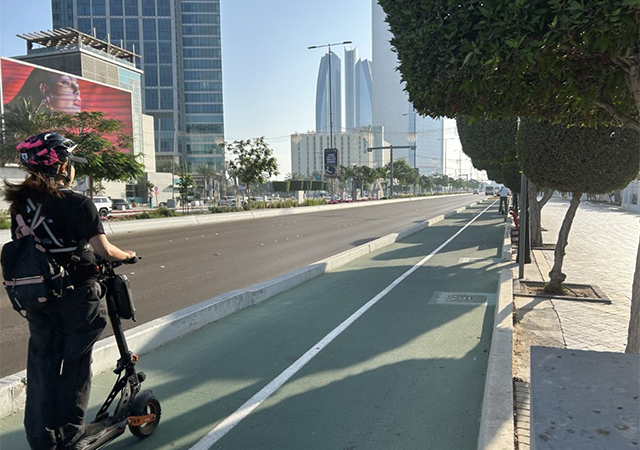
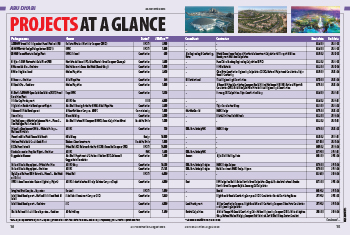
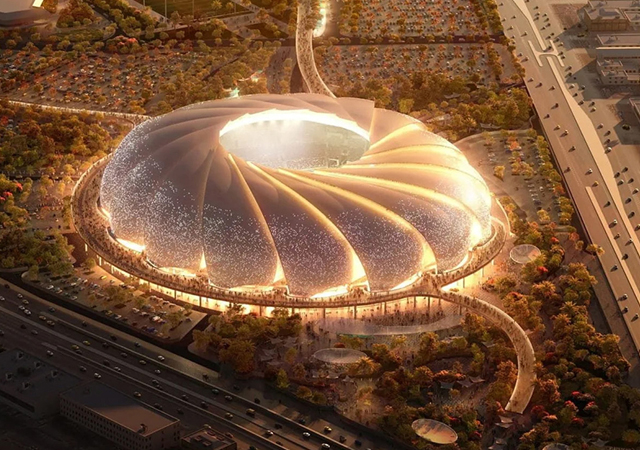
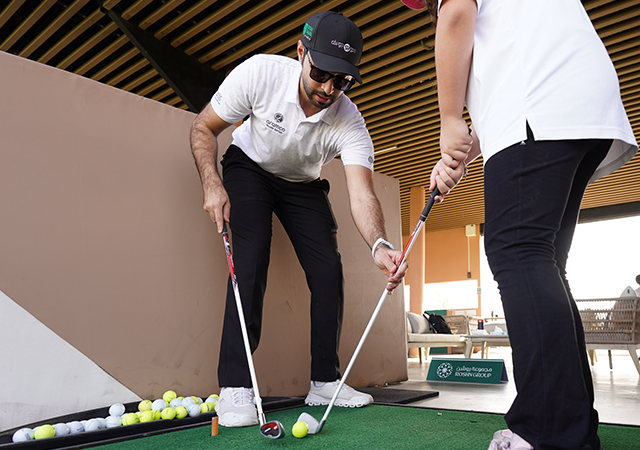
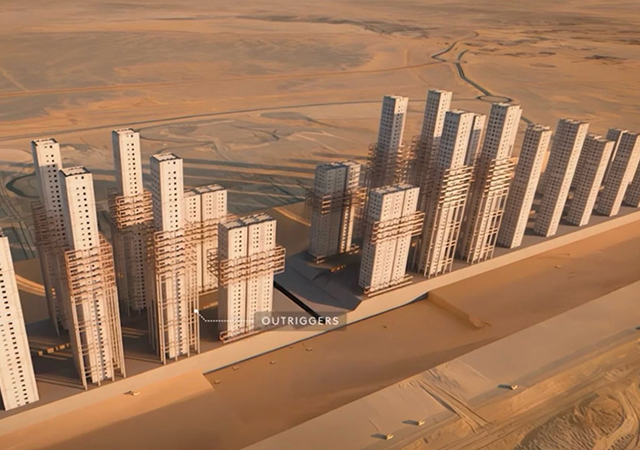
.jpg)
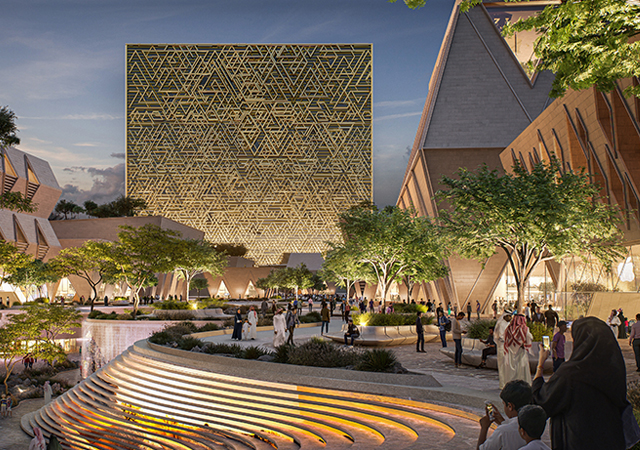

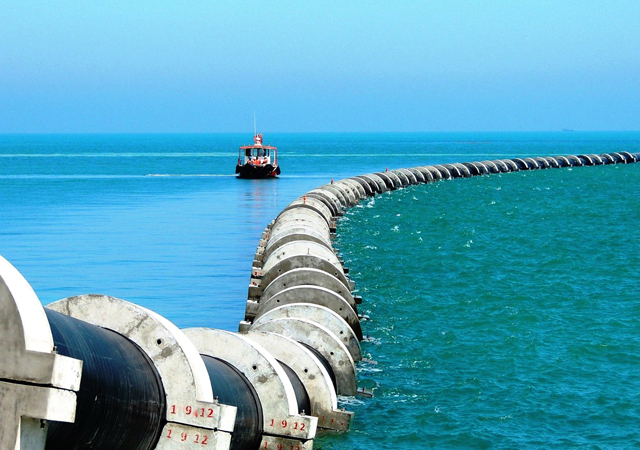


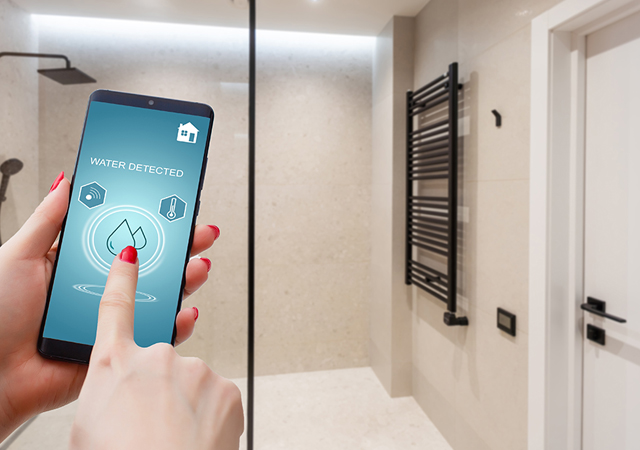
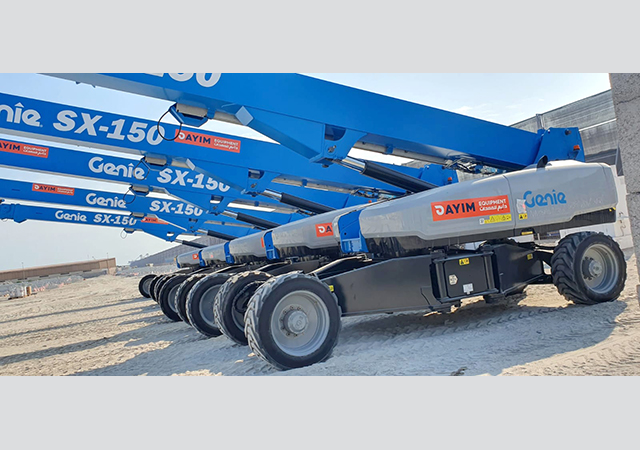
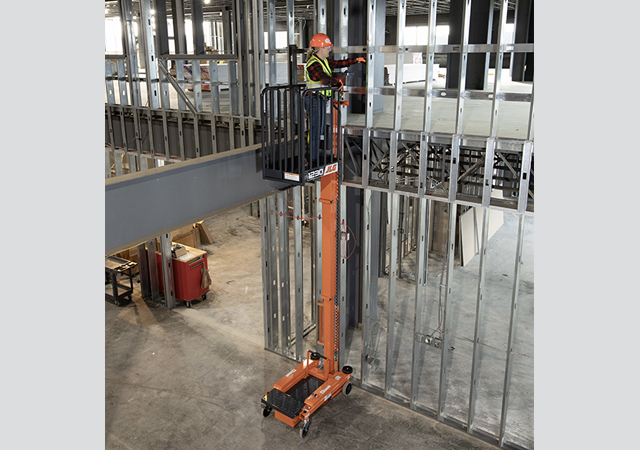
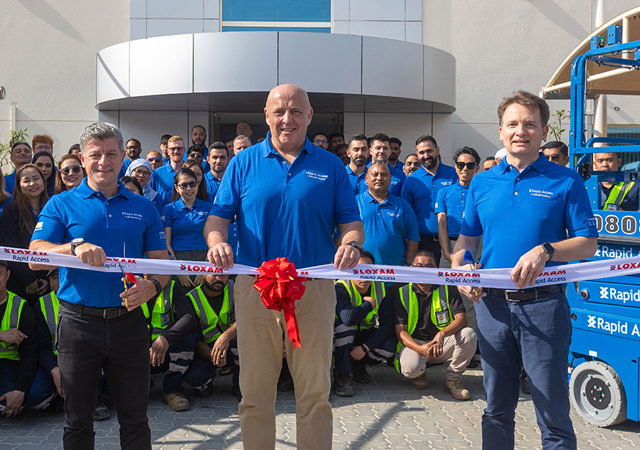
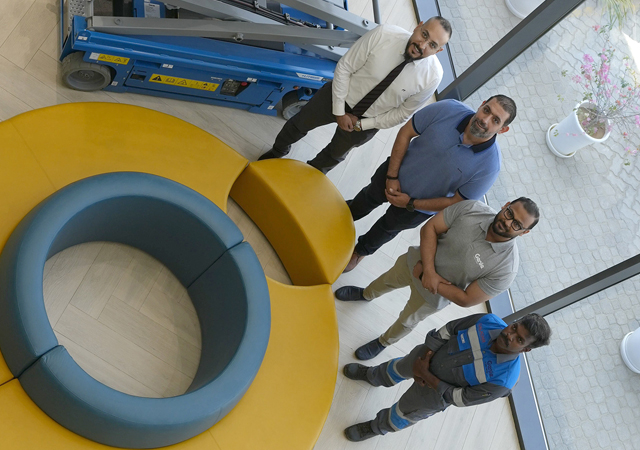
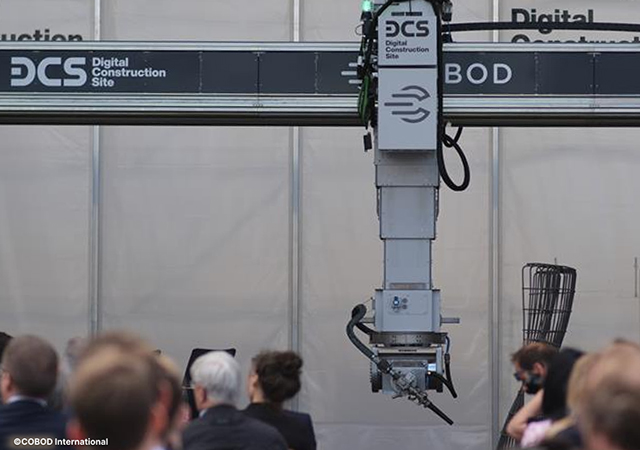
Doka (2).jpg)
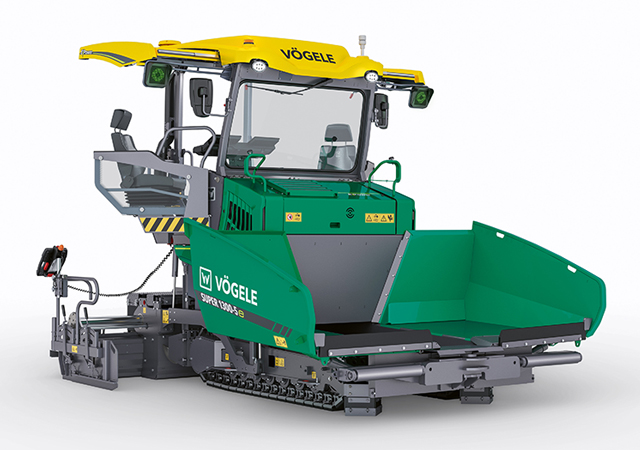



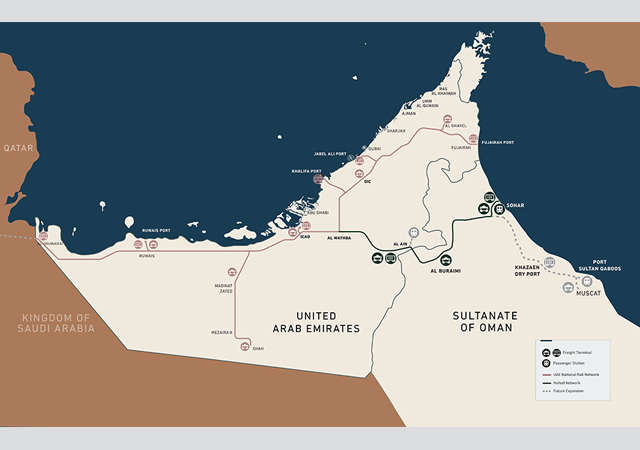

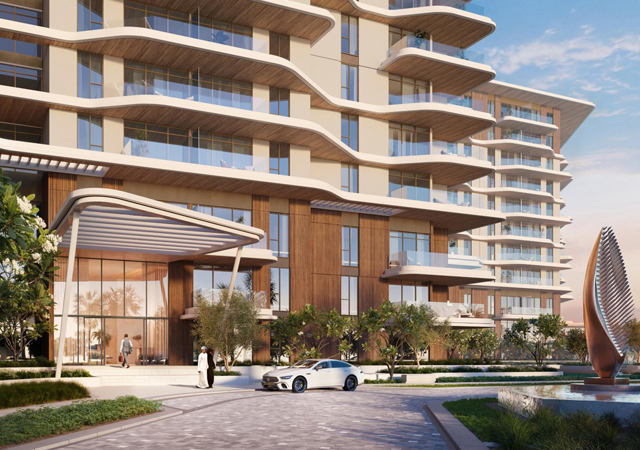

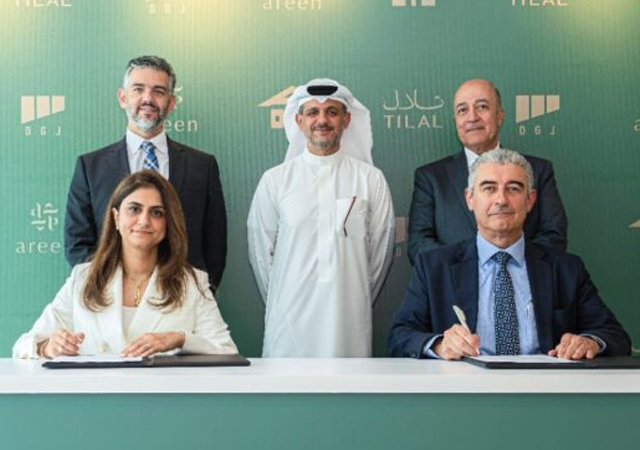
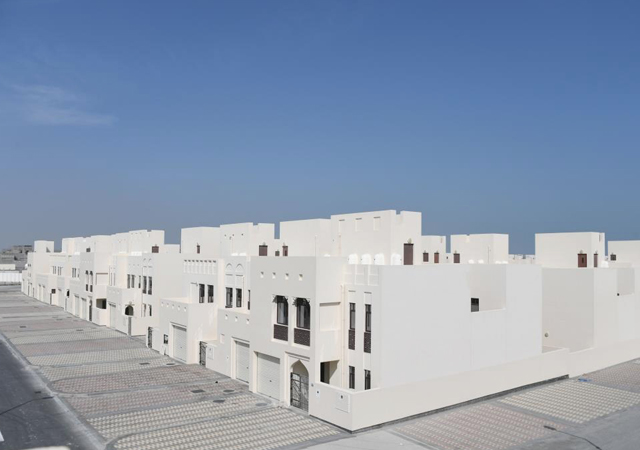
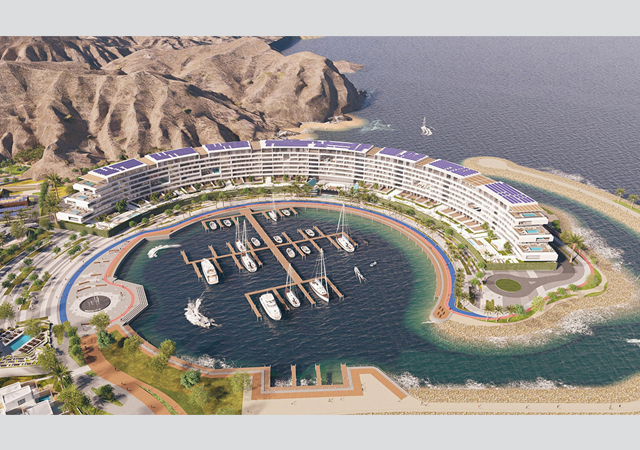



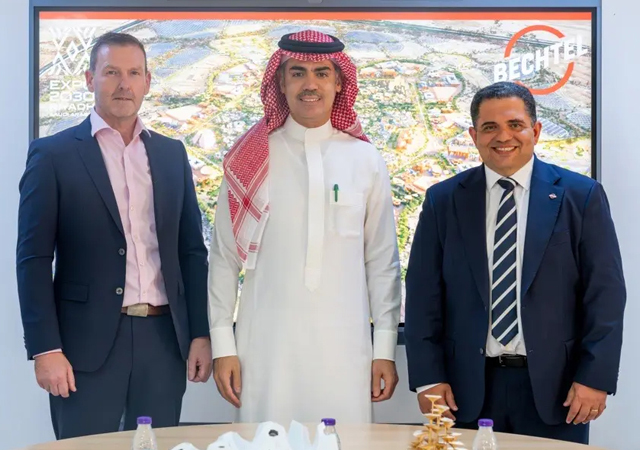

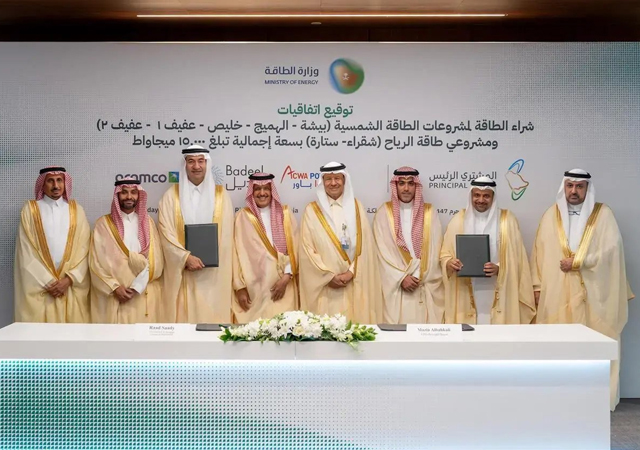
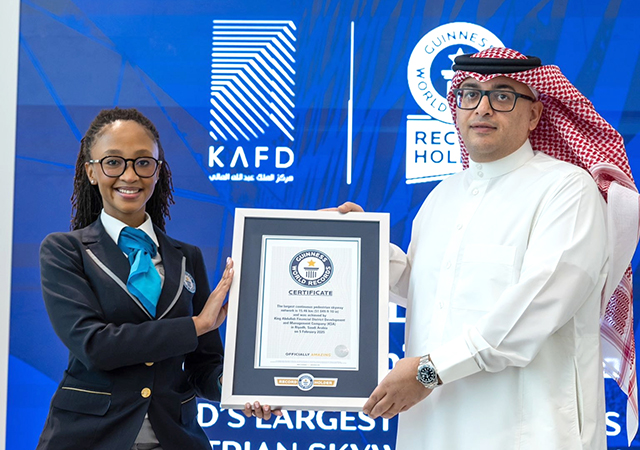


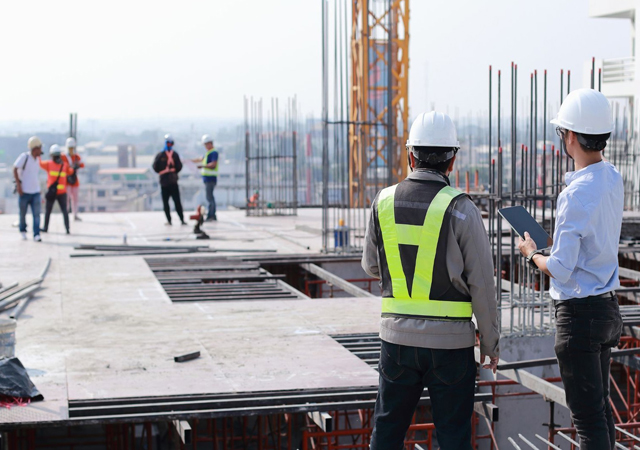

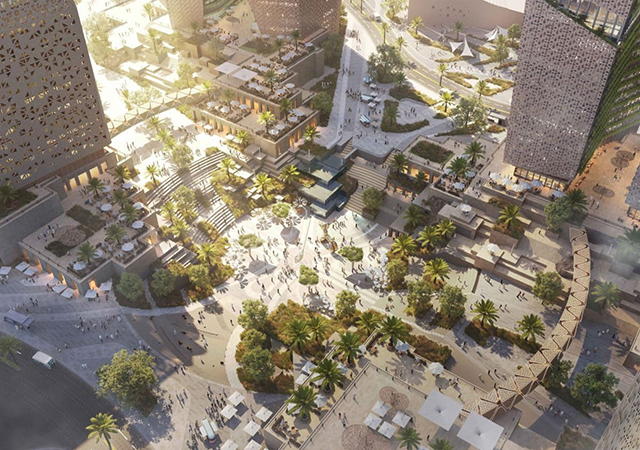

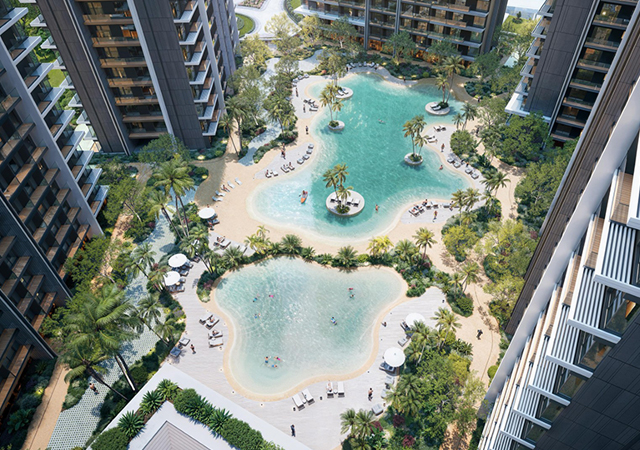
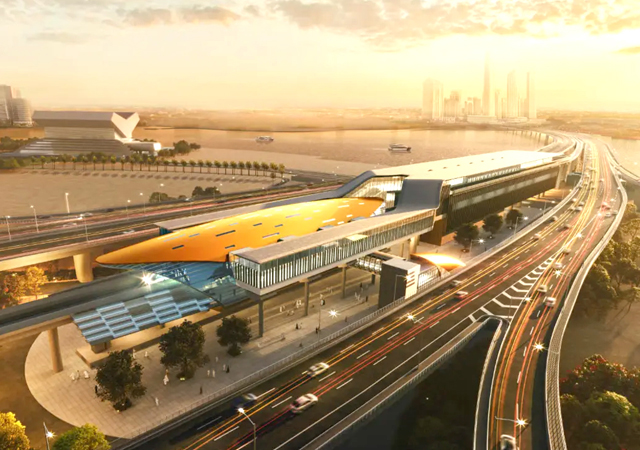
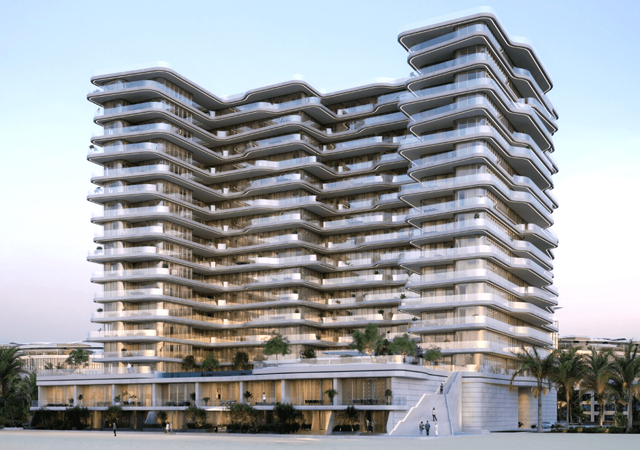
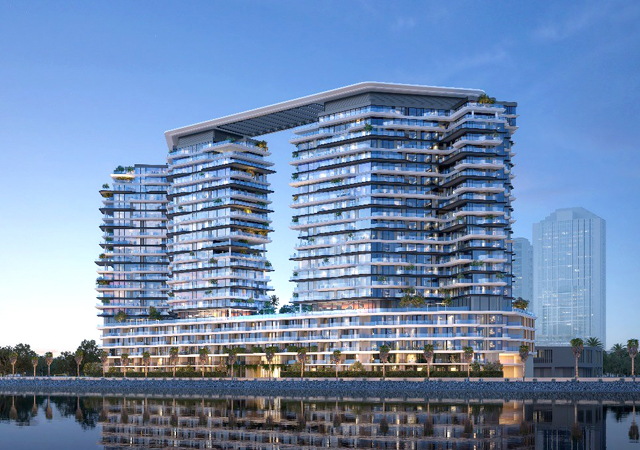
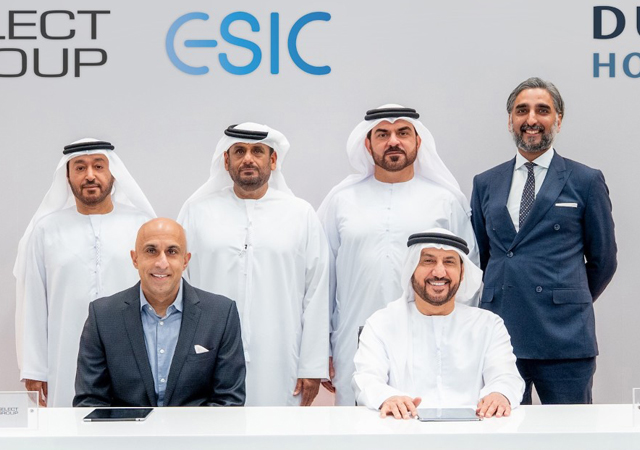
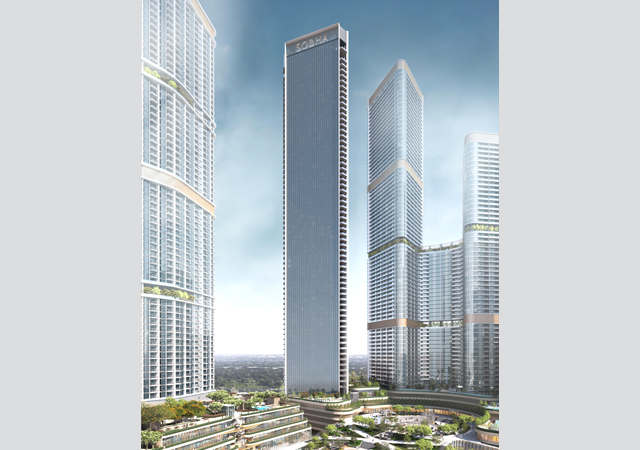

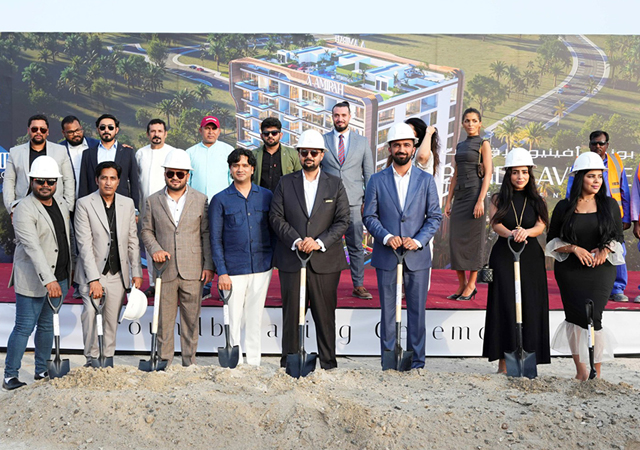
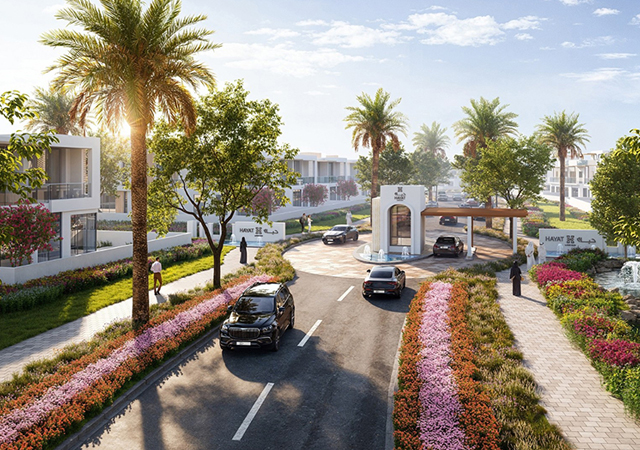
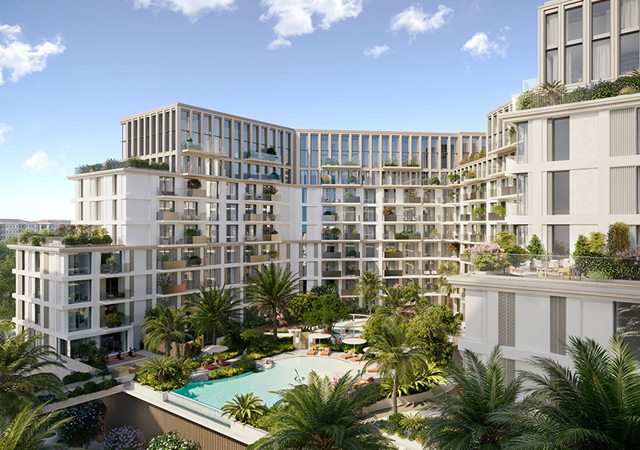
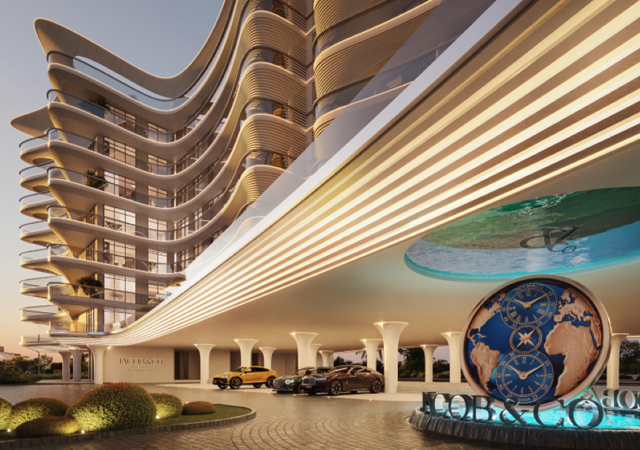

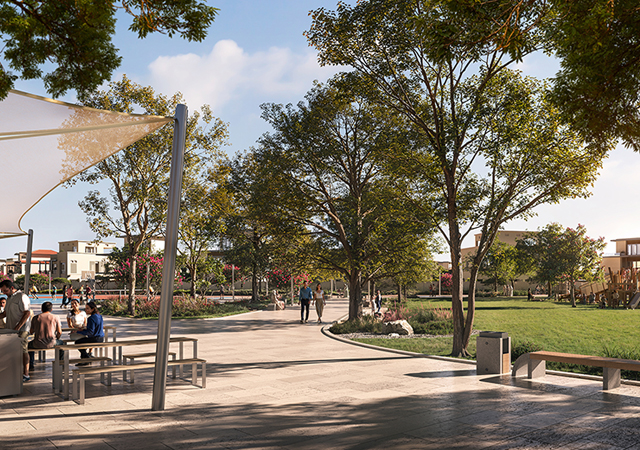
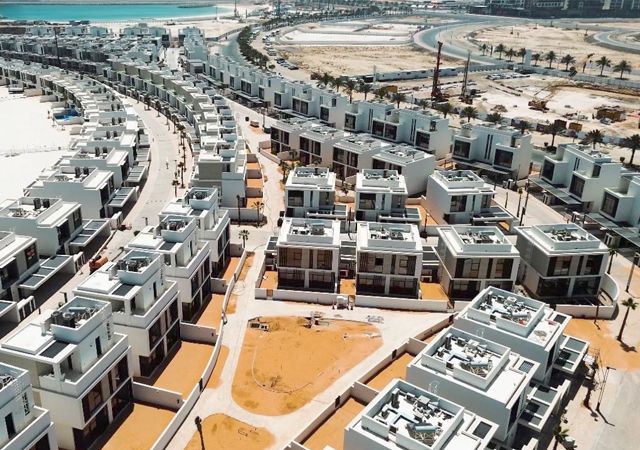
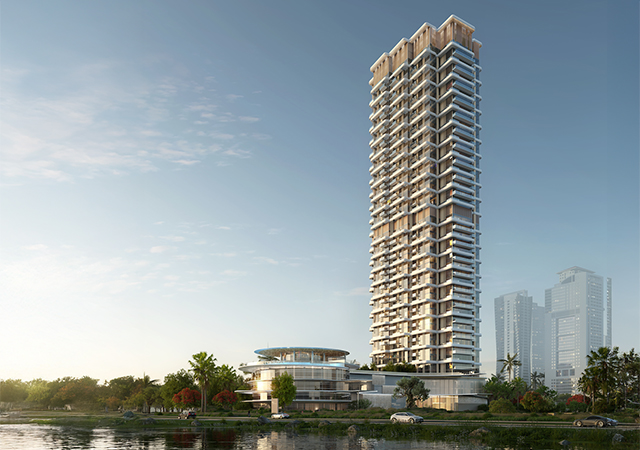
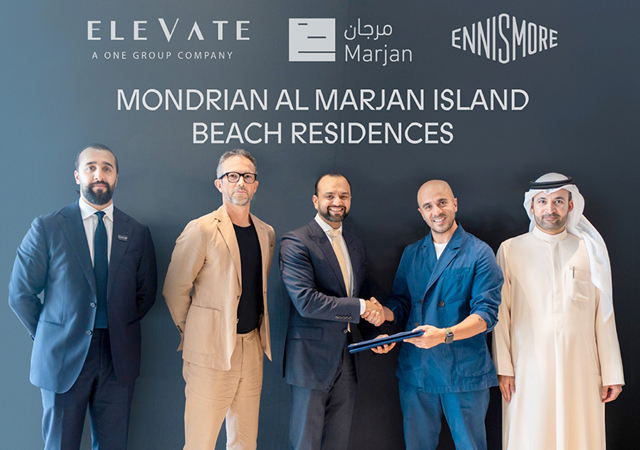
.jpg)
.jpg)
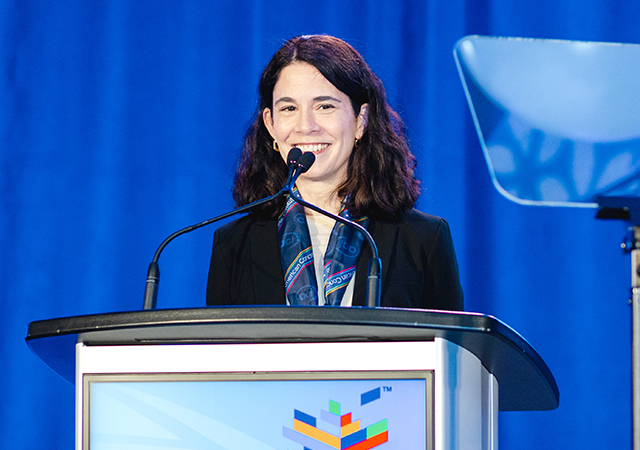
.jpg)
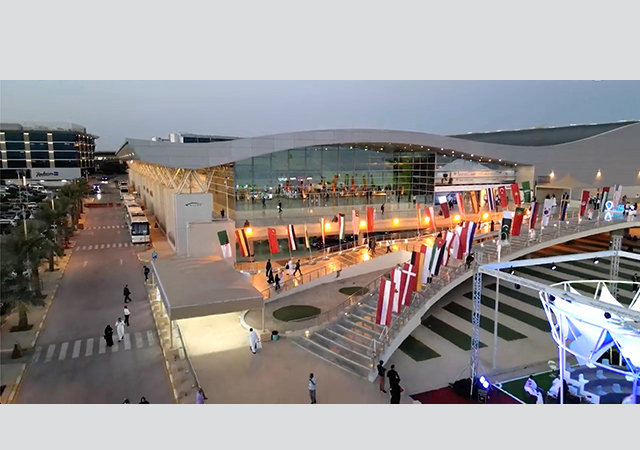




.jpg)


















